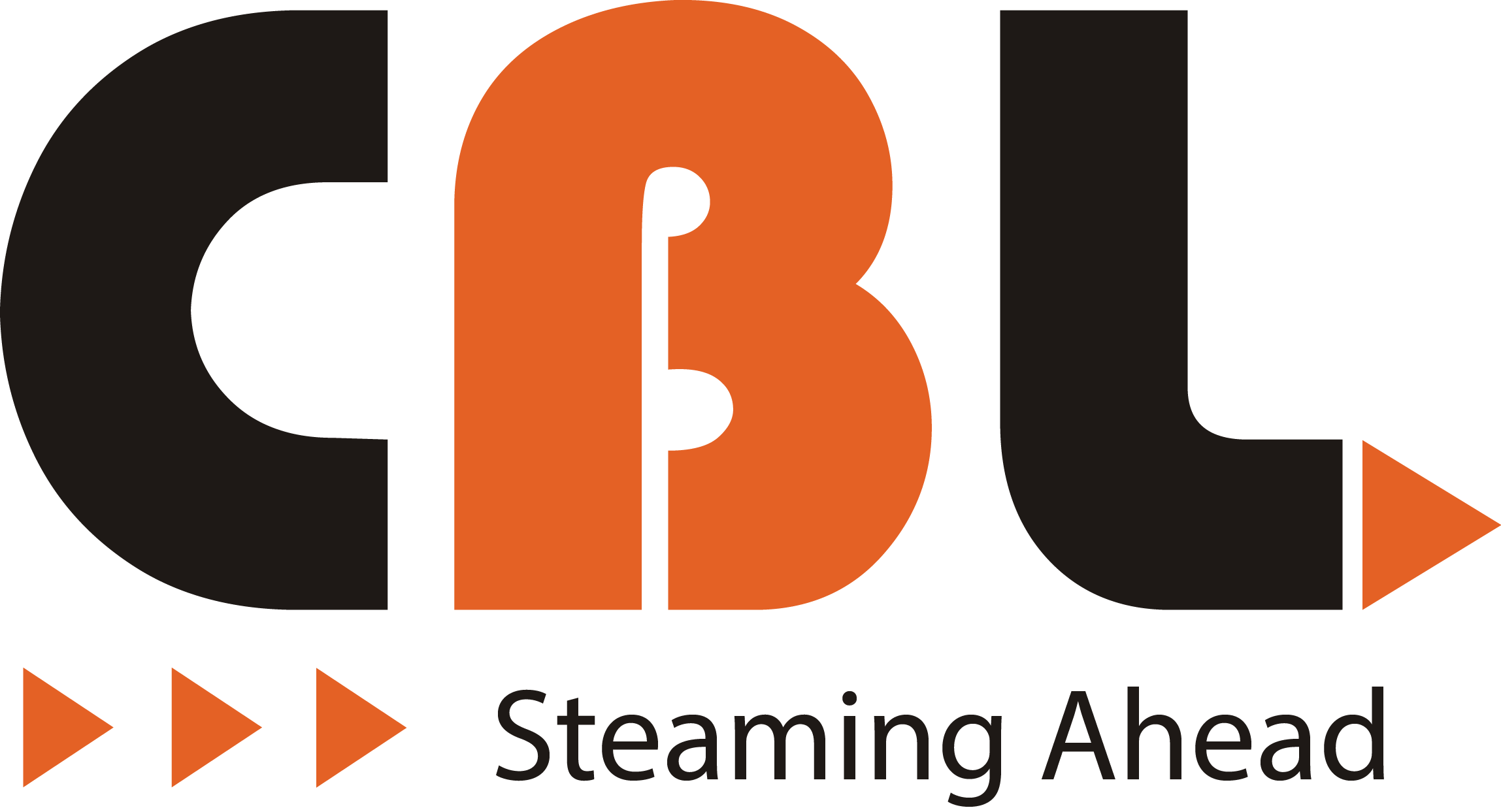Case Studies
Slop Fired – Patented Technology
This consists of a specially designed boiler where the concentrated slop is sprayed from a height into the furnace in such a way that the slop gets atomized dried and burns effectively in the large volumetric furnace.
Project Highlights
– The slop is sprayed at a height so that it should not fall on the grate and should not carry away to 2nd pass.
– The boiler has special features to handle the high Potash present in slop.
– Boiler can handle moisture upto 55 % i.e. 45 % solid.
– The Super heater is designed to avoid corrosion due to alkalis and to avoid soot formation due to ash properties.
– Online cleaning arrangements for smooth running of the boiler and higher uptime.
– Maximum efficiency with flexibility of fuel.
Benefits
– Max Efficiency Flexibility of fuel
– Increases the TG life/Minimal maintenance.
– Varity of Biomass and coal can be fired in same boiler.
– In House Design ensures maximum running cycle of the boiler.
– The design avoids clinker formation and ensures long continuous operation of the boiler.
– Avoid chloride corrosion and minimises ash fouling on PP.
– Has less maintenance and no breakdown problems.
Paddy straw – Renewable Energy Resource
Project Highlights
– The paddy straw is compressed and converted into bales
– Feed the paddy bale into furnace on robustly designed fuel feeding technology
– Water cooled vibrating grate is configured as a fin type membrane
– Secondary air is injected through nozzles ensuring complete combustion of biomass fuels
– The grate is driven by electric motor and eccentric linked drive shaft
– Water cooled vibrating grate is designed to fire various varieties of fuels
– The anticipated life of grate is more than 10 years.
Upgraded and modified capacity up to 200 TPH, 110 Kg/cm² (g), 540˚C
Benefits
1. Paddy straws are in waste by-product so it is monetarily be beneficial both for farmers and industry sector.
2. Ash of this fuel contains 50-60 % silica content hence can be utilized in construction sector and K2O can be used as manure in the fields.
3. Overall reduction in greenhouse gas generation while compared to fossil fuels.
4. No associated health risk which paddy burning leads to since it eliminate the need of burning the stubble in field.
